Archives
- 2025-12
- 2025-11
- 2025-10
- 2025-09
- 2025-03
- 2025-02
- 2025-01
- 2024-12
- 2024-11
- 2024-10
- 2024-09
- 2024-08
- 2024-07
- 2024-06
- 2024-05
- 2024-04
- 2024-03
- 2024-02
- 2024-01
- 2023-12
- 2023-11
- 2023-10
- 2023-09
- 2023-08
- 2023-07
- 2023-06
- 2023-05
- 2023-04
- 2023-03
- 2023-02
- 2023-01
- 2022-12
- 2022-11
- 2022-10
- 2022-09
- 2022-08
- 2022-07
- 2022-06
- 2022-05
- 2022-04
- 2022-03
- 2022-02
- 2022-01
- 2021-12
- 2021-11
- 2021-10
- 2021-09
- 2021-08
- 2021-07
- 2021-06
- 2021-05
- 2021-04
- 2021-03
- 2021-02
- 2021-01
- 2020-12
- 2020-11
- 2020-10
- 2020-09
- 2020-08
- 2020-07
- 2020-06
- 2020-05
- 2020-04
- 2020-03
- 2020-02
- 2020-01
- 2019-12
- 2019-11
- 2019-10
- 2019-09
- 2019-08
- 2019-07
- 2018-07
-
HvPap a member of the cathepsin F like family was
2021-01-06

HvPap-1, a member of the cathepsin F-like family, was identified in germinating barley seeds (Sreenivasulu et al., 2008). This enzyme participates in the mobilization of stored proteins (mainly hordeins) during the last phase of grain germination, and its activity is modulated by a propeptide or/and
-
br NF B and STAT as Regulators of
2021-01-06
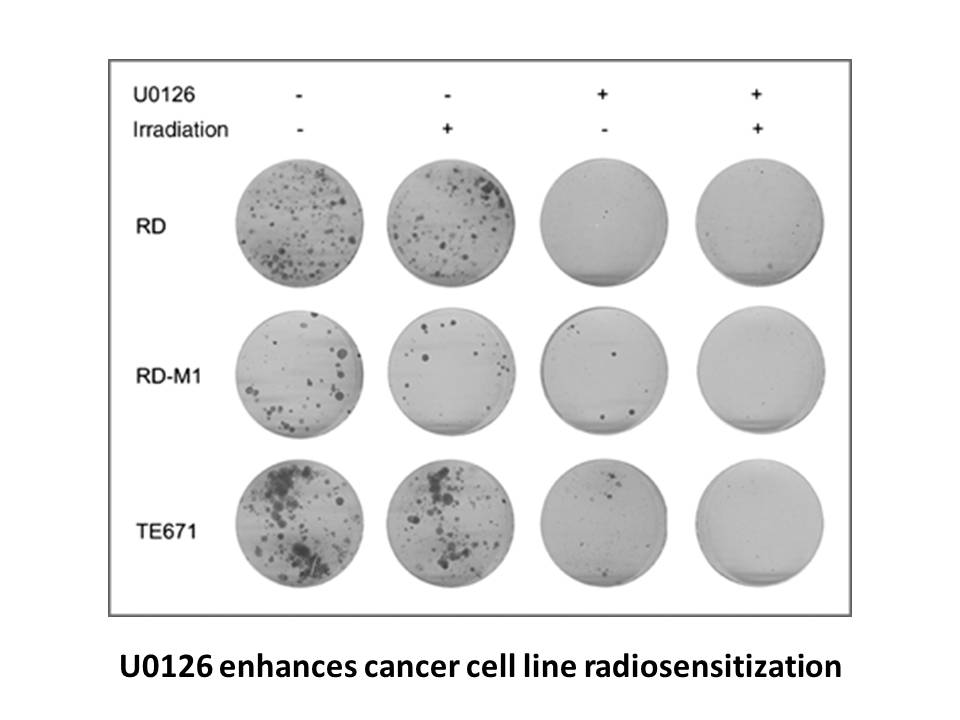
NF-κB and STAT as Regulators of the CDK System While current data support the concept that CDKs augment the proinflammatory activity of NF-κB, our understanding of the function of this transcription factor system in CDK regulation remains patchy. Seminal studies showed the contribution of NF-κB t
-
DDX belongs to the DEAD
2021-01-06
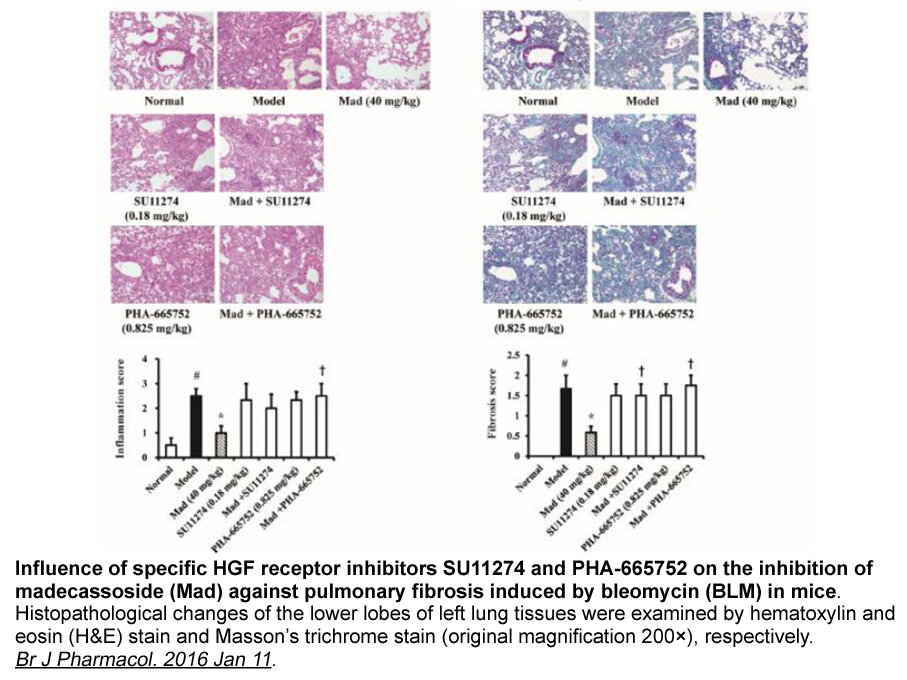
DDX3 belongs to the DEAD-box family of proteins, ATP-dependent RNA helicases characterized by the presence of a highly conserved helicase core domain [13]. This catalytic core is composed of two RecA-like domains containing motifs involved in ATP binding/hydrolysis, RNA binding and helicase activity
-
Interestingly from our consensus SBVC protocol
2021-01-05
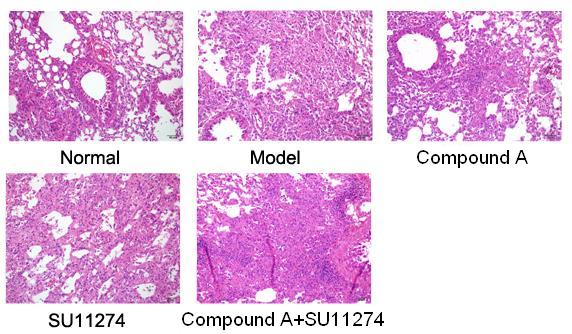
Interestingly, from our consensus SBVC protocol only few compounds (less than 150) have been scored with a full ‘ consensus’. That means that these compounds appear in the top 5% of the database when ranked by every scoring function independently. After visual inspection, we have realized that two a
-
What does this mean for cancer therapy We found
2021-01-05
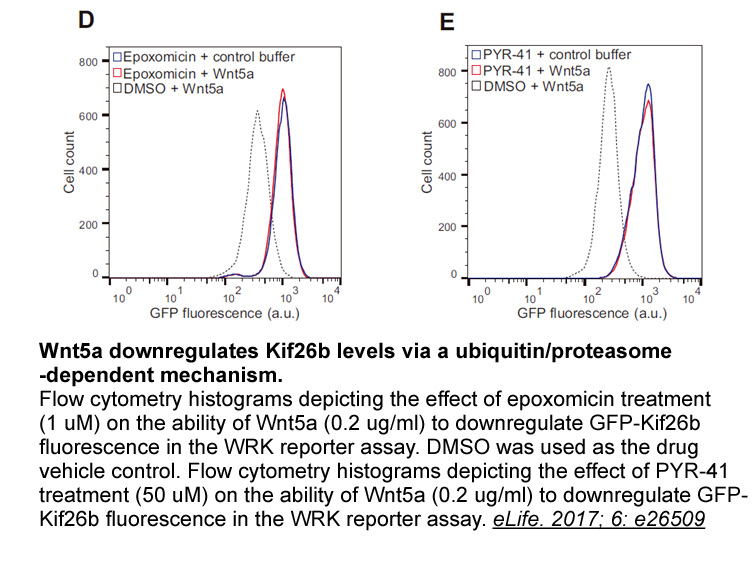
What does this mean for cancer therapy? We found that components of the de novo pyrimidine synthesis pathway rarely mutate in cancer, clearly showing its importance. In our experimental models, the pathway, including DHODH itself, was primed to respond when the block in CoQ redox-cycling was removed
-
In this work we fabricated a kind of
2021-01-05
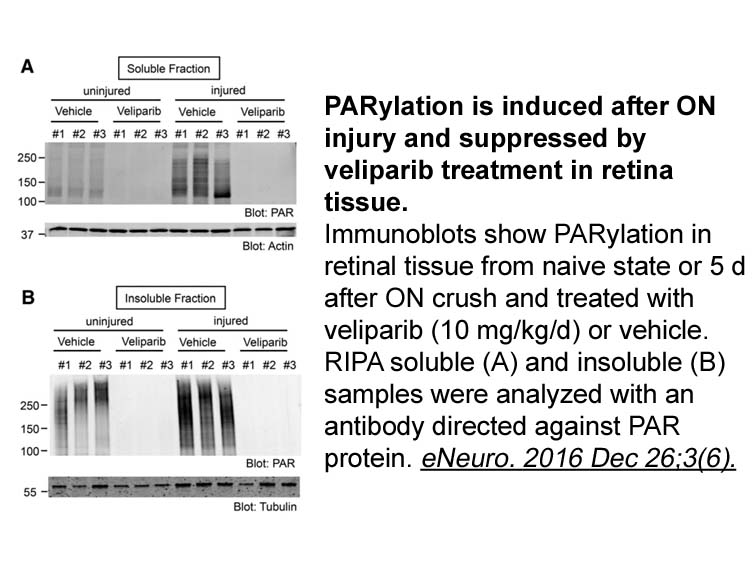
In this work, we fabricated a kind of multifunctional nanoparticles, based on HAuNS coated by chitosan-stearic Sodium valproate copolymer (CSO-SA), which was employed frequently to form micelles for hydrophobic drug delivery in our previous work [21], [22]. The nanoparticles can encapsulate DiR eff
-
br Results Patient disease and treatment
2021-01-05
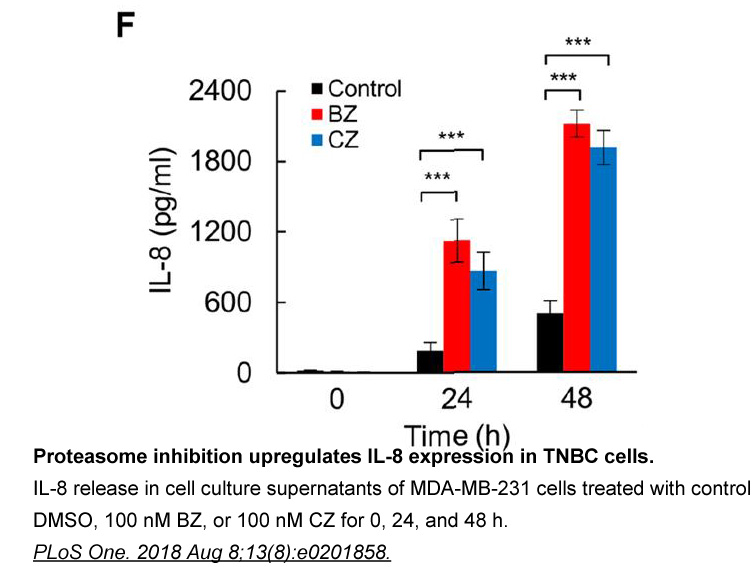
Results Patient, disease, and treatment characteristics of the study cohort are described in Table 1. All patients were stage IIIA with pathologically documented N2 disease per AJCC 7th edition. EP4 nuclear staining 0–1 versus 2+ was significantly associated with overall survival (OS) (44.3 vs.
-
Here we show that cpg is expressed only in the
2021-01-05
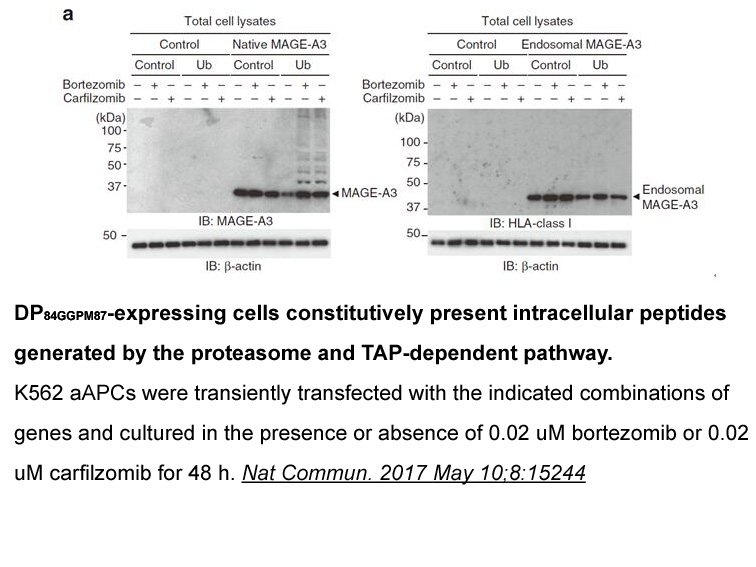
Here, we show that cpg2 is expressed only in the Forskolin and encodes a protein that localizes specifically to the postsynaptic endocytic zone of excitatory synapses. We present evidence that CPG2 is a critical component of the postsynaptic endocytic pathway that mediates both constitutive and acti
-
br Conclusion br Acknowledgement The project was supported b
2021-01-05
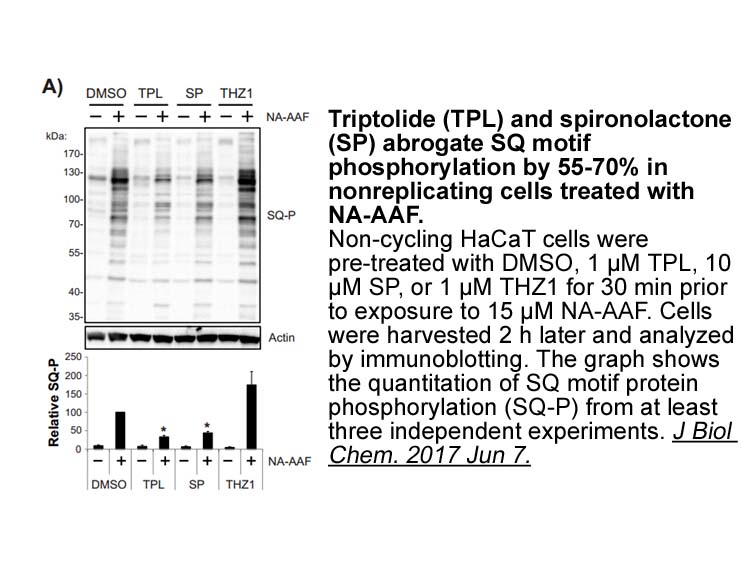
Conclusion Acknowledgement The project was supported by National Natural Science Foundation of China, China (No. 31872535); Natural Science Foundation of Shandong Province, China (ZR2018MC027, ZR2016CQ29); and Funds of Shandong "Double Tops" Program, China. Introduction High-altitude hypo
-
br STAR Methods br Acknowledgments
2021-01-04
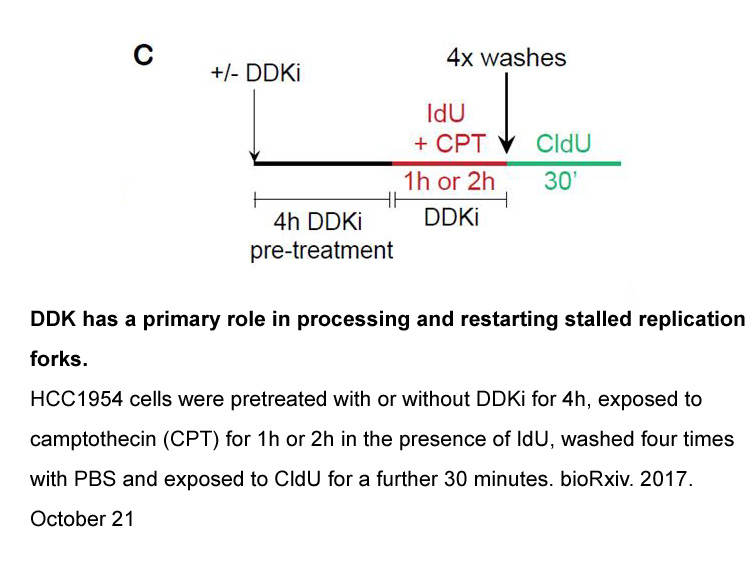
STAR★Methods Acknowledgments We are grateful to Matthias Mayer at ZMBH in Heidelberg for access to his CD-spectrometer and his help in data interpretation. Technical support by Wolfgang Weinig is gratefully acknowledged. This project was financially supported by the European Union as part of t
-
We had earlier reported that collagen
2021-01-04
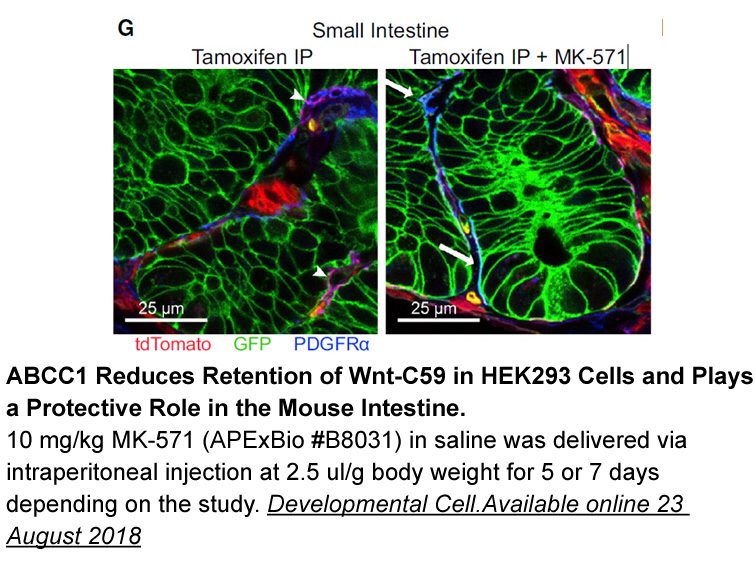
We had earlier reported that collagen fibers with intact native banded structure were occasionally observed in the kinase-deficient, membrane-anchored DDR2 ECD (DDR2/-KD) samples; however, in our DDR1/ECD and DDR2/ECD samples, observation of native banded structure of collagen was far more infrequen
-
In order to gain further
2021-01-04
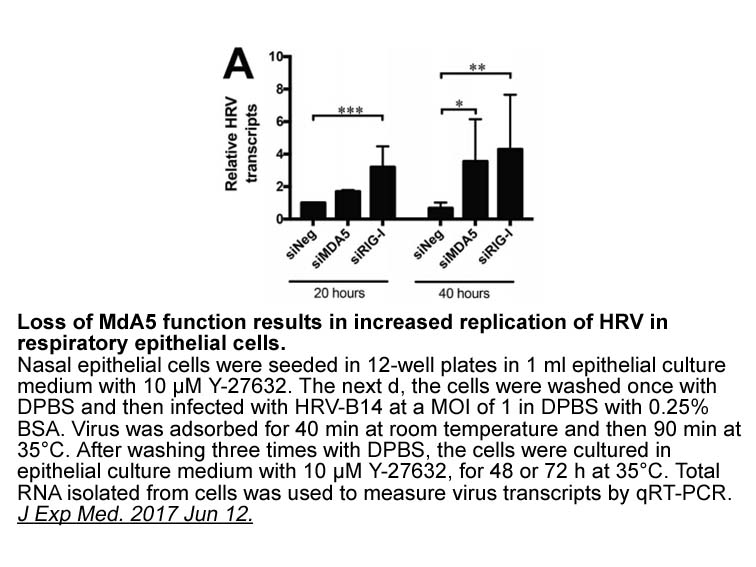
In order to gain further insights into the role of peptidases in B. xylophilus, four cysteine proteases highly secreted by B. xylophilus (Cardoso et al., 2016) were selected four further characterisation. Materials and methods Results and discussion Structural prediction and analysis The i
-
Epigenetic silencing of genes that determine tumor invasiven
2021-01-04
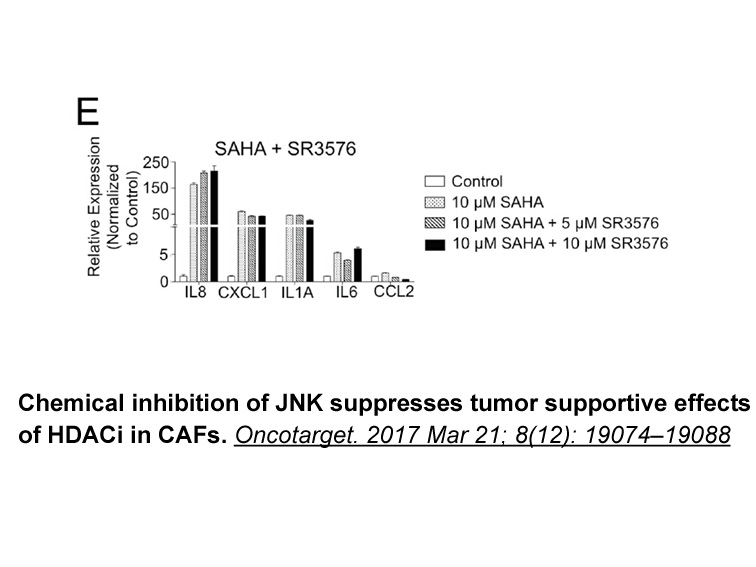
Epigenetic silencing of genes that determine tumor invasiveness, growth patterns of tumors, and tumor-cell apoptosis12, 29 may also affect the expression of drug-metabolizing enzymes, thereby providing an additional genetic mechanism in pharmacogenomics. Trisomy 8 that contains wild-type GGH could b
-
Yu et al also reported
2021-01-04
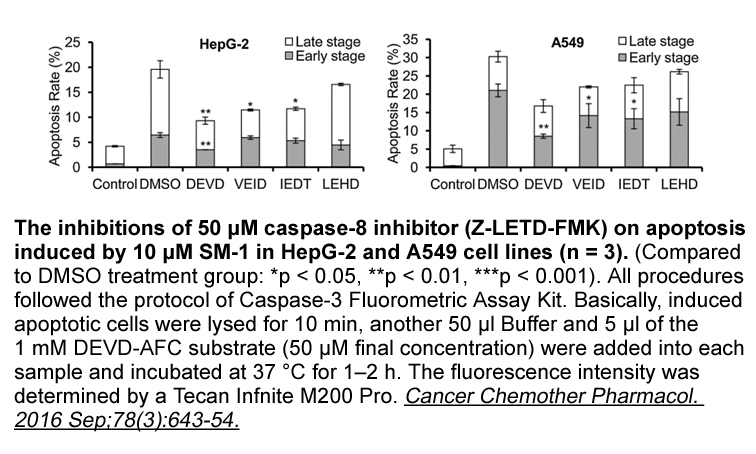
Yu et al. [24] also reported that extracting consortium of hydrolytic enzymes from sludge flocs performs better than costly single purified commercial enzyme. Thus, it is concluded from the above cited literature analysis that only few studies have been reported on extraction of enzymes from waste s
-
Zanamivir After incorporation of random nucleotides by TdT d
2020-12-31
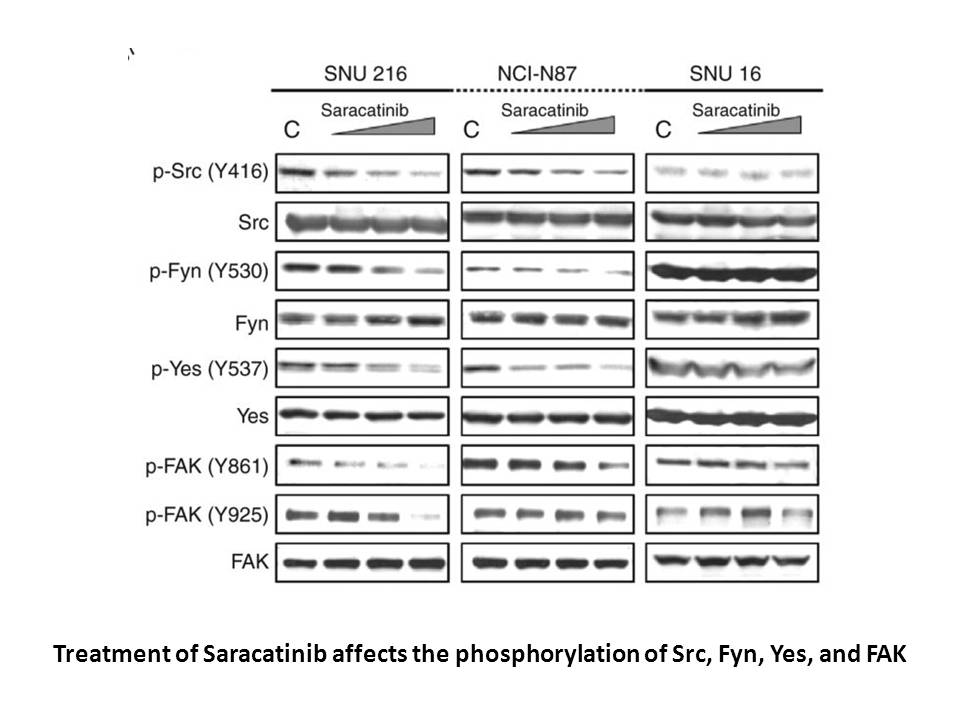
After incorporation of random Zanamivir by TdT during heavy-chain rearrangements, both TdT and pol λ may perform in trans polymerase activity (in unknown proportions), whereas synthesis of the complementary strand can only be achieved by pol λ using its gap-filling activity, which TdT lacks because
15149 records 751/1010 page Previous Next First page 上5页 751752753754755 下5页 Last page